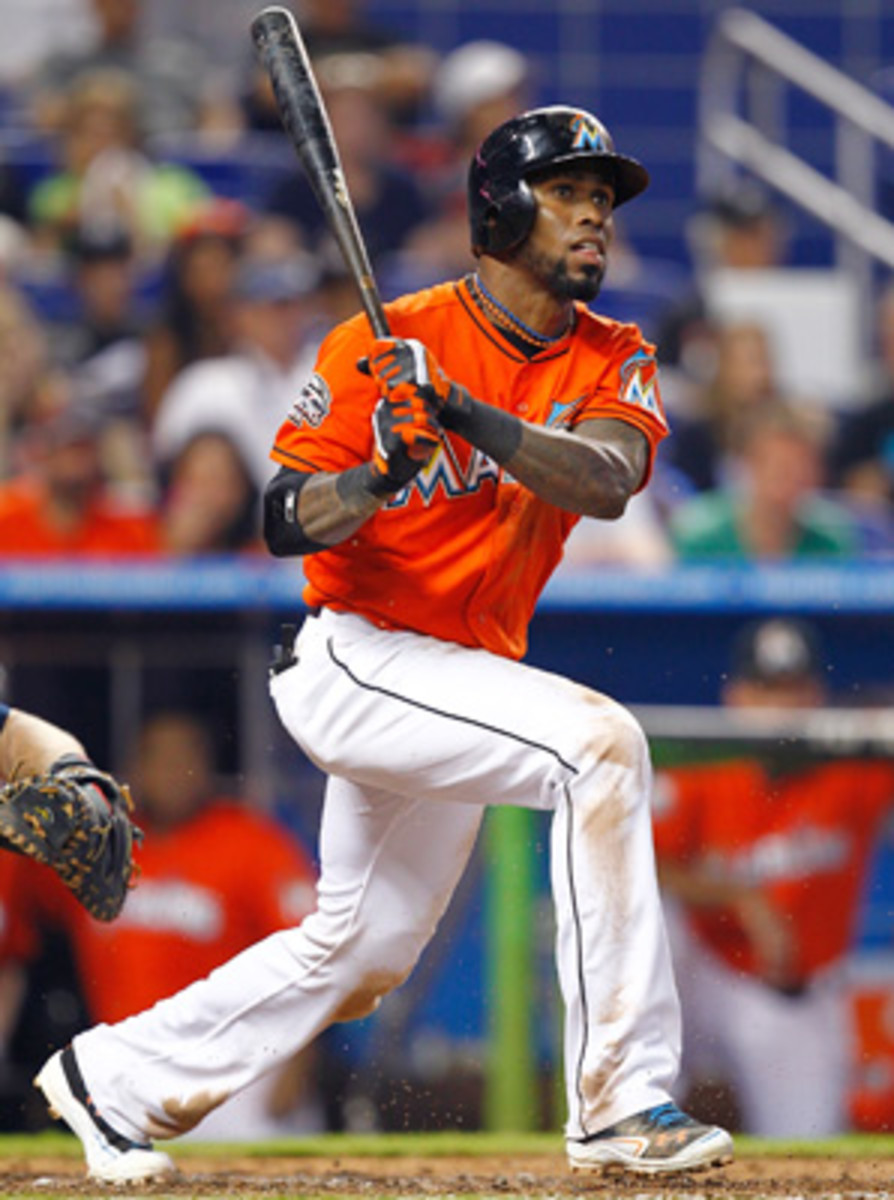
Jays return to relevancy by taking calculated risk with Marlins trade
If you're Alex Anthopolous, you pull the trigger. When the 35-year-old GM of the Blue Jays made the blockbuster deal with the Marlins that would rock the baseball world Tuesday night, he knew this: with the competitive balance in baseball stronger than ever (all but four teams have reached the postseason in the last 10 years), with all the TV money gushing into the game (MLB's new TV deal will bring each team an average of over $25 million in revenue beginning in 2014), now isn't the time to stay the course. If you're a team like the Blue Jays, a team on the cusp of contention, now is precisely the time to be bold.
Tuesday's stunning 12-player trade between the Blue Jays and Marlins that sent All-Stars Jose Reyes, Josh Johnson, and Mark Buehrle to Toronto was yet another sign of just how much the economics of the game have changed. Baseball is flush with cash. Look back at the last year, at the extraordinary money that's been thrown around --- the Dodgers sell for $2 billion, the Padres for $800 million; Joey Votto signs a $225 million extension with the Reds, a team with the smallest TV market in the majors; Matt Cain, a pitcher with 69 career wins, signs a $127.5 million deal, the largest ever for a right-handed pitcher. Now here are the Blue Jays, a team that ranked 23rd in payroll last year, taking on a staggering amount of cash. We don't know yet the final details of the deal, but there could be over $160 million going from the Marlins to the Blue Jays. Anthopolous, desperate for a starting pitcher, looked at the free agent market and clearly didn't like what he saw: Edwin Jackson wasn't going to sign for less than $12 million, the price for Anibal Sanchez rose after he helped the Tigers reach the World Series. So the 35-year-old GM got creative.
Not long after the final out of the 2012 World Series, a baseball executive looked ahead at the offseason and predicted that it would be unlike any other. He talked about how the trend of long-term contracts was killing free agency and how teams, enriched by lucrative regional cable TV deals, would aggressively pursue creative ways to upgrade their rosters, whether it be through the international market or the trade market. "With more and more teams thinking they've got a chance to be the next Orioles and make the playoffs, a lot of teams will be really aggressive," he said. "Beyond that, I'll be honest, I don't know what to expect."
In other words, Tuesday's stunning deal may just be the start of a wild offseason --- a winter where 75-win teams, inspired by the success of the 2012 Orioles and A's, are more motivated than ever to go for it. What's next? Justin Upton to the Royals in the next blockbuster? Anything is possible.
Years from now, Tuesday may be remembered as the day the sleeping giant in the AL East finally awakened. Last February, Blue Jays president Paul Beeston was sitting on a chair in the infield turf at the Rogers Centre at the team's annual State of the Franchise event when he took the mike and told 1,000 season ticket holders that he expected his club to be in the playoffs three times in the next five years. The Blue Jays ended up finishing fourth in a disappointing campaign; they still haven't made the postseason in 19 years. And yet, in 2012, the team saw both their attendance and TV ratings rise.
"We are at a point right now where we have got to make a move," Beeston said on a Toronto radio show in late August. "We've got to be aggressive. We have got to put ourselves in a position to have a chance for next year."
It turns out that Beeston wasn't all talk. The Blue Jays, suddenly, are relevant again.




